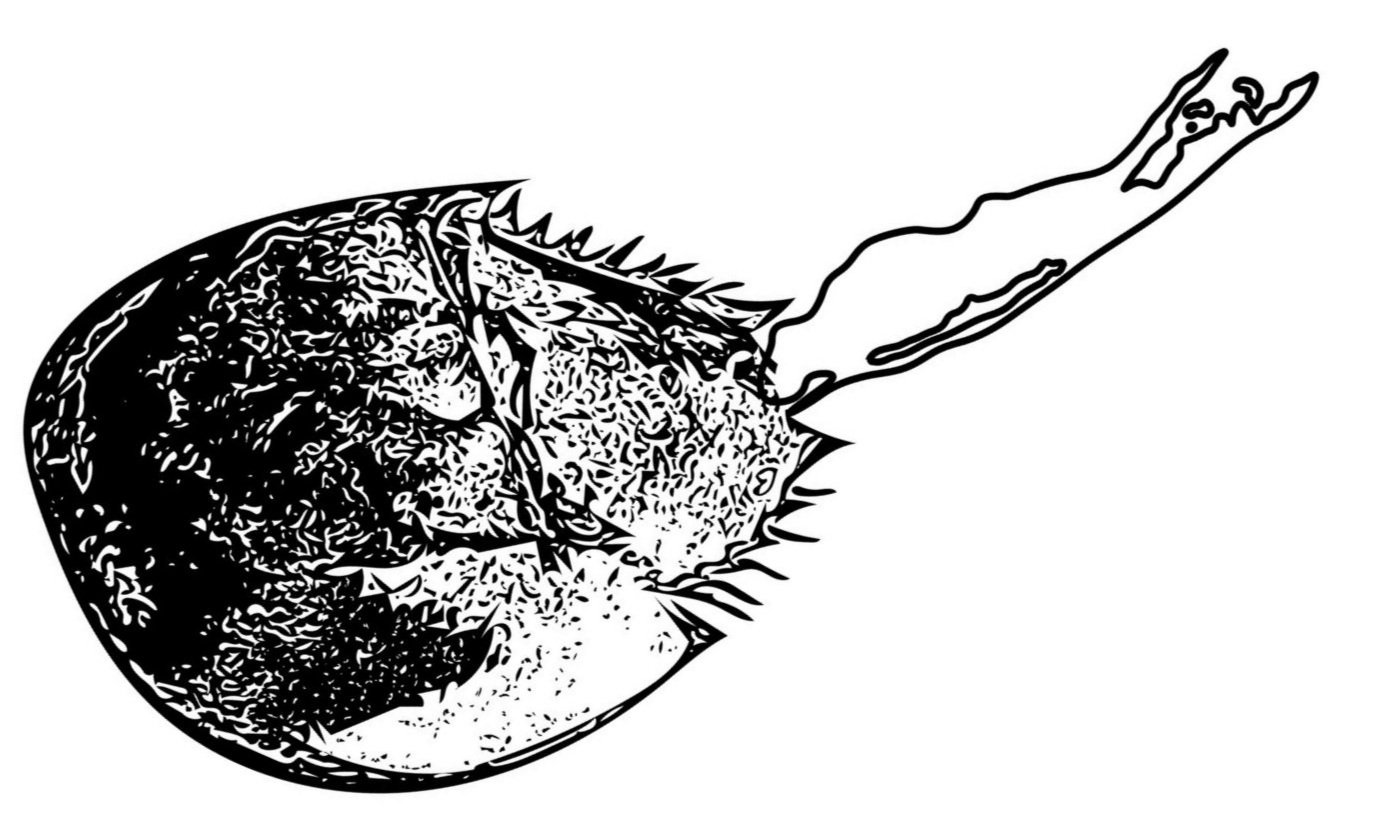Learn more about horseshoe crabs!
Scientific Reports and Publications
-

Using Acoustic Technology to Understand Horseshoe Crab Migration Patterns
“Telemetry reveals migratory drivers and disparate space use across seasons and age-groups in American horseshoe crabs”
Authors: Justin Bopp, Matthew Sclafani, Michael Frisk, Kim McKown, Catherine Ziegler-Fede, David Smith, and Robert Cerrato
We deployed a variety of acoustic receivers throughout Moriches Bay, NY. Tagged horseshoe crabs send information to these receivers, allowing scientists to track their movement. We used this data to identify migration patterns of horseshoe crabs and found that adult horseshoe crabs are more likely than juveniles to migrate to the ocean from the bay.
-

Survey Results Help Estimate Horseshoe Crab Survival
“Geographic-Specific Capture–Recapture Models Reveal Contrasting Migration and Survival Rates of Adult Horseshoe Crabs (Limulus polyphemus)”
Authors: Justin Bopp, Matthew Sclafani, David Smith, Kim McKown, Rachel Sysak, Robert Cerrato
The tags we deploy during surveys are used to estimate survival rates of horseshoe crabs at different locations on Long Island. Over 20,000 crabs were tagged between 2007 and 2016, and there were almost 900 tagged crabs that were spotted again. By comparing the number of recaptured crabs, we found survival rates were higher in the North Shore than the South Shore and Jamaica Bay.
-

Differences in Feeding Patterns Among Horseshoe Crab Age Groups
“Contrasting Trophic Niche and Resource Use Dynamics Across Multiple American Horseshoe Crab (Limulus polyphemus) Populations and Age Groups”
Authors: Justin Bopp, Jill A. Olin, Matthew Sclafani, Bradley Peterson, Michael G. Frisk & Robert M. Cerrato
We can understand feeding patterns of horseshoe crabs by analyzing their blood and muscle tissue. We found male crabs typically relied on nutrients in the sand (sedimentary organic matter) whereas females were more likely to feed on phytoplankton, which are plankton made from microscopic plants. We also found that adult and juvenile horseshoe crabs had different food sources, likely because of their differences in size and migration patterns.
